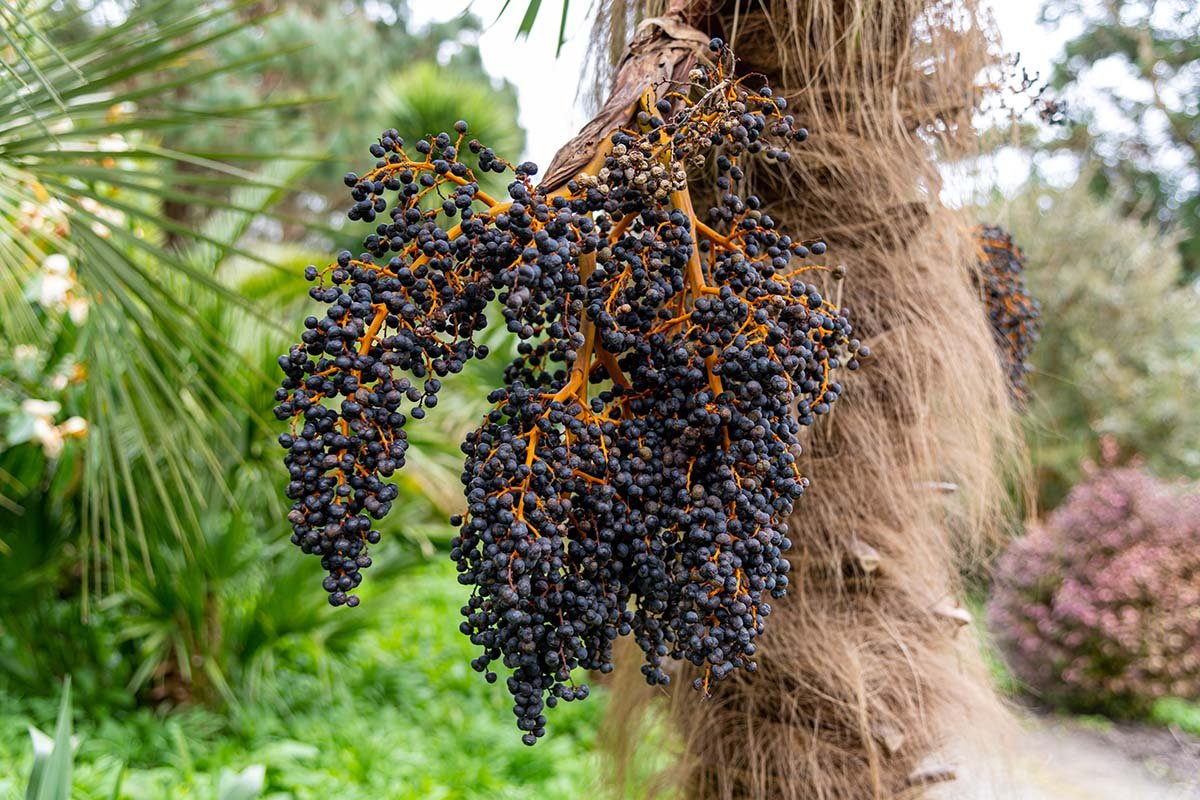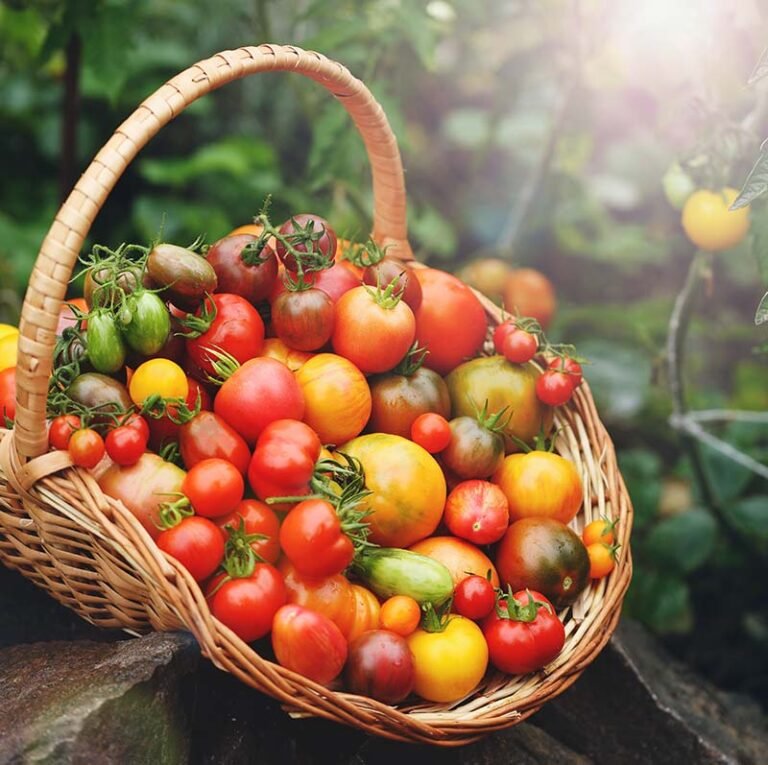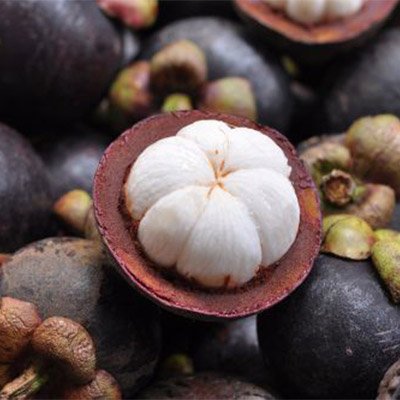Is Açaí Bowl Healthy? As with any fruit salad, an açaí bowl can have a lot of sugar. Many açaí bowl recipes have other ingredients like Nutella or other sugary additives. In that case, you might not have such a healthy meal after all. Avoid adding sugary products to your açaí bowl, and you will have a great healthy meal in front of you!
But the açaí berries are considered a superfruit and have significant health benefits. If you want to know more about these little magic bullets, continue reading! You can also check out our other articles on your favorite fruits here.
Açaí Bowl Recipes
The açaí bowl is one of the most straightforward and delicious recipes you can make from açaí berries. You simply add the puree of açaí in a blender, add banana, strawberries, blueberries, and milk or yogurt for the protein part, and blend all the ingredients. Serve it in a bowl, garnish it with granola, nuts, seeds, and some freshly cut fruits, and that is it!
You can also make vegan muffins from açaí fruit with perfect texture and chewiness or make pancakes with an amusing purple color.
Açaí flour could be a substitute for wheat flour to make functional products that target disease-specific (i.e., gluten intolerant) and diet-conscious people market.
Açaí Berries Are The Smallest Superfruits
Açaí (Euterpe oleracea) is a typical superfruit from the Arecaceae family.
The other two species are E. edulis and E. precatoria. However, E. oleracea (known as “açaí-do-pará”) and E. precatoria (known as “açaí-do-amazonas”) are commonly used species, with the major difference being the way the palm grows.
Where Do Açaí Berries grow?
Açaí berry is originally from the Eastern Amazon region in Brazil.
E. oleracea or açaí-do-pará is grown in flooded forest land and lowland in Brazil and E. precatoria or açaí-do-Amazonas is found in upper and lower land in Amazon River Basin.
Açaí has recently gotten massive attention as a “superfruit” in the past few years owing to its antioxidants and anti-inflammatory agents.
It is one of the most potent fruits on earth, and for centuries it has been the staple diet of the Amazonian people.
What Does The Açaí Berry Look Like?
The average fruit size is 0.9 – 1.3 cm in diameter and weighs approximately 2 grams.
It has a green color when immature, red in the middle stage of ripening, and dark purple when it ripens fully and contains one seed per fruit, representing the majority of the volume of fruit (80-95%).
It contains several biologically active compounds that serve the human body as anti-inflammatory agents and antioxidants.
It has a history of wide use as a medicinal plant, mainly used to treat fever, skin-related complications, and digestive disorders in many areas of Brazil.
Recently, açaí has also been marketed as a dietary supplement with superior health benefits, including aiding in weight loss, combating CVD, improving digestion, and preventing early aging.
Traditionally, açaí seed extract has applications in treating diarrhea.
In most Brazil, açaí fruit juice is consumed as a < robust>cold soup with manioc tapioca flour served with either fish or shrimp.
The juice is prepared by macerating fruit in lukewarm water separating pulp and seed. The softened fruit is crushed and filtered to make juice.
In past decades, its use as an energy drink has gained significant attention.
This article provides insight into açaí fruit as a yummy superfruit found on earth.
How Does Açaí Taste Like
This berry tastes like a blend of rich blackberry and raspberry and a crossover of dark chocolate. Açaí fruit has a more earthy flavor as compared to other berries.

Health benefits of açaí fruit
The palm açaí has been acclaimed to have a wide range of health-promoting benefits owing to its reportedly high level of antioxidants. The most beneficial and exciting fact about açaí is that it abundantly contains water-soluble antioxidants that can quickly enter the body to suppress oxidation-causing spices. Since this fruit reduces inflammation and oxidative stress, açaí consumption has become a nutritional therapeutic strategy against several diseases.
Prevent Metabolic Syndromes
Regular intake of açaí fruit provides great health-promoting polyphenols and antioxidants that prevent the incidence of metabolic syndromes. Açaí fruit is valuable as a vasodilator, antihypertensive, renal protector, antidiabetic, and cardio-protector.
However, more clinical trials are needed to strengthen these findings related to the regular consumption of açaí fruit.
As we know, açaí fruit is rich in antioxidants, so this superfruit has been studied several times to reduce cancer incidence and prevent tumor cell proliferation.
Furthermore, scientists also believe that açaí therapy could be a novel strategy against cancer.
Anti-Aging Properties
Superfruit açaí is rich in vitamins A and C, which are brilliant for delaying aging. Also, the antioxidant punch makes it more magical to reduce the early sign of aging.
Boost Immunity
The oilseed of this Amazonian fruit contains polyunsaturated fatty acid, which helps to modulate immunity. Also, it has several vitamins which proven as a cost-effective remedy during the COVID-19 pandemic.
Attenuate Neurodegenerative Diseases
Researchers have suggested that dietary intake of flavonoid-rich fruit helps to prevent and recover age-dependent neurodegenerative diseases.
Due to these benefits’ açaí has wide, versatile pharmacological applications, and its consumption increased not only in Brazil but also in Europe and the United States.
Nutrition Facts
Several studies revealed the richness of açaí fruit pulp in phytochemicals. It contains approximately 31% flavonoids, 23% phenolic compounds, and 9% anthocyanins. In human nutrition, the consumption of açaí fruit is an emerging trend and is used as a supplement or a therapeutic agent.
Amount per 100 g dry weight of açaí fruit has the following nutritional fact as provided by several scientific pieces of research:
| Calories | 533.9 |
| Calories from fat | 292.6 |
| Total fat | 32.5 g |
| Saturated fat | 8.1 g |
| Cholesterol | 13.5 mg |
| Sodium | 30.4 mg |
| Total carbohydrate | 52.2 g |
| Dietary fiber | 44.2 g |
| Sugars | 1.3 g |
| Protein | 8.1 g |
| Vitamin A | 1002 IU |
| Vitamin C | <0.1 mg |
| Calcium | 260.0 mg |
The Best Way to Consume Açaí Berries
There is only one thing to remember while consuming fruit “Eat the Rainbow.” This means putting all your favorite fruit in a bowl, topping it with your desired topping, and making your morning fruitful.
You can find a recipe for our favorite açaí bowl here
Known Health Risks
Commonly, açaí pulp consumption is entirely safe, and no toxicity is associated with the consumption of this superfruit. However, unprocessed juice consumption might be related to Chagas disease caused when infected with Trypanosoma cruzi parasite.
If you are allergic to pollen, you might also be allergic to açaí fruit. Allergic people may suffer from rashes, itchiness, swollen throat and tongue, and difficulty breathing.
Excessive intake of açaí pulp might cause stomach disturbance and irritation.
Is Açaí Bowl Healthy? – Summary
Açaí is one of the known superfruits of the earth, providing several benefits upon consumption. Adding açaí to your diet will positively influence your lifestyle by promoting your health and mood. An açaí bowl can be very healthy if you make sure you only add seeds and other fruit. Avoid sugar and sweets.
It is exceedingly rare to get allergic or harmed by açaí pulp, so just add this excellent fruit to your breakfast menu and benefit from it.





